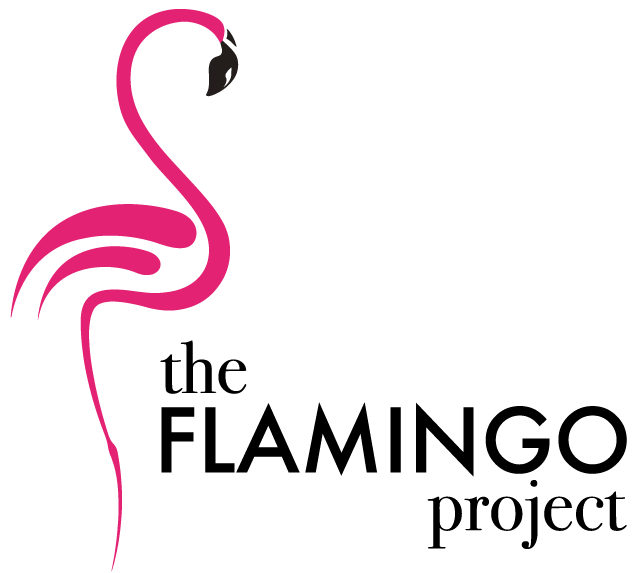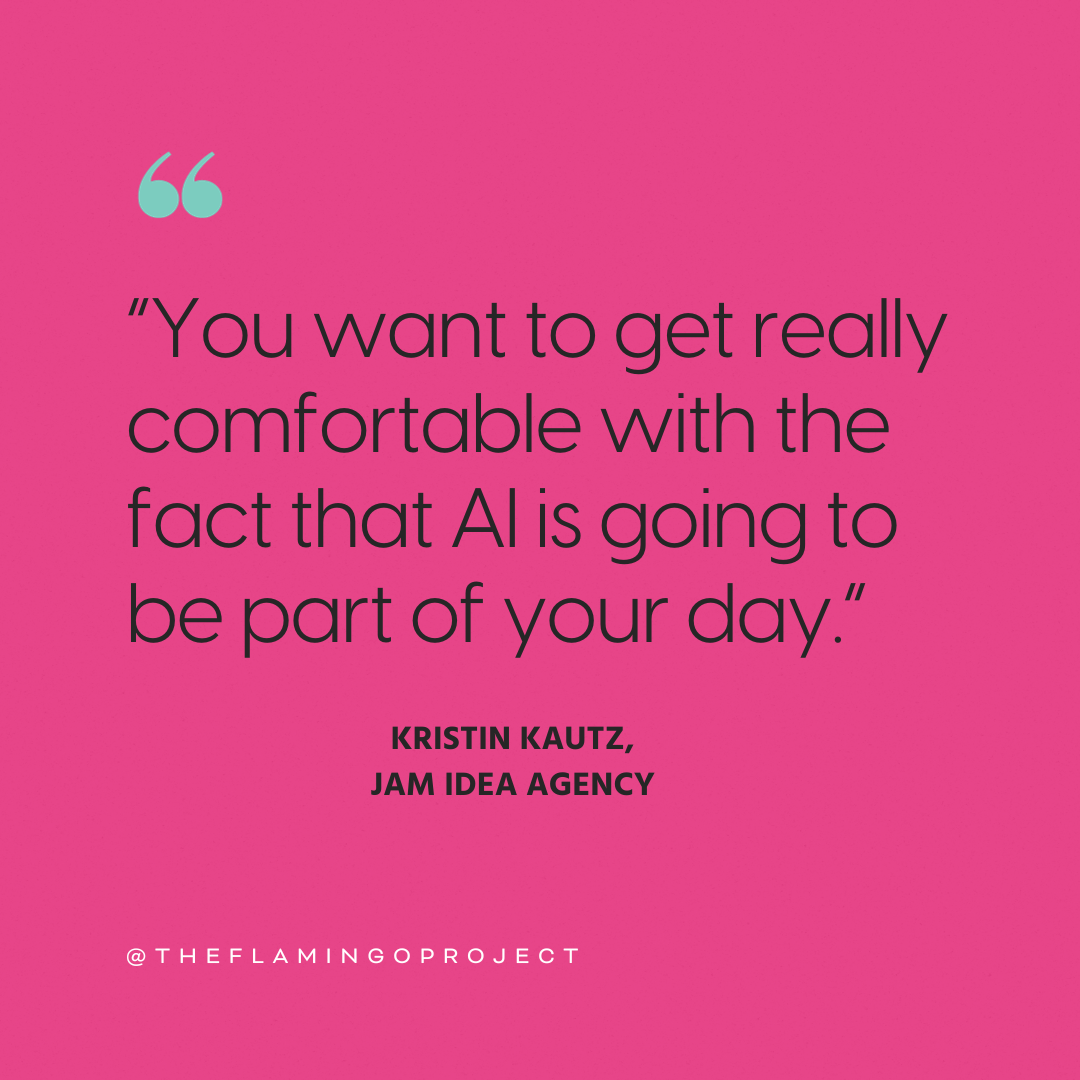Artificial Intelligence(AI) has been a part of our world for much longer than probably many of us realize (Hello, spellcheck). However, it wasn’t until November of 2022, when Chat GPT was released, that the conversations surrounding AI were introduced to the mainstream.
Some people were prepared to accept artificial intelligence with open arms and see how they could use it to innovate in their fields. Others were convinced that AI meant the beginning of the end of jobs, security, and privacy. Of course, the majority of people fall somewhere between those two camps and have more questions than they do opinions. Which is why we sat down with Kristin Kautz, CPSM of JAM Idea Agency to discuss:
- What exactly AI is.
- How to find and utilize the ‘right’ AI tools in the A/E/C world.
- What to look out for in terms of security and privacy with AI tools.
- Where to start with AI.
Kristin is an artificial intelligence expert (and enthusiast!) who breaks down the basics of artificial intelligence into digestible pieces while ‘drowning out the noise’ of what everyone on the internet tells us AI is or isn’t.
Understanding AI
Kristin defines the AI that the majority of us think of, as Generative AI, or narrow artificial intelligence. These are computer programs that have an expertise in one, very specific skill. They also become better and better at their skill as time goes on and they ‘learn’ more. According to Kristin, “Right now, Generative AI does code, text, image, video and voice very well.”
As an example, let’s look at Chat GPT. GPT stands for generative pre-trained transformer. This simply means its expertise is chat. It’s a chat-bot based through a prompt or message. You have to tell it what to do, and the better you are at prompting, the better the result will be. The workflow looks like this;
1. You tell Chat GPT what to do (give it a prompt).
2. It sits on top of a knowledge base. In the case of Chat GPT 3.5, its knowledge base is the internet pre-2021.
3. It’s going to search that knowledge base, based upon how it was programmed and coded to do its search.
4. An output is given based on your prompt, its knowledge base, and how it was taught to search.
That’s it! Kristin says, “Generative AI is a tool you have to tell to do something, and that’s how it functions. With those four steps.”
Security, privacy, and ownership considerations with AI.
Kristin states, “I’m a techno-optimist. I’m not a catastrophizer. But, you have to be aware of security, privacy, and ownership.” Here’s what that means;
Security – How companies handle the data they have.
Privacy – Who has access to that information?
Ownership – Who owns that information. In the case of AI, the information you put into it and the information you get out of it.
Because AI sits on top of a knowledge base, when you put in your prompt or information it could be added to that knowledge base, teach the AI model, or even become the property of the AI company.
Kristin states, “Please, just always assume your information is going out into the ether. I don’t think there’s someone out there in a room that’s sitting there going, ‘Oh my gosh, Krisitn Kautz just gave me her phone number.” However she urges everyone to remember that anything you put into the prompt is going back to the database.
You also have to be really careful about what comes out. Because the program is learning from other companies’ knowledge bases, you could be getting proprietary information back in your answer. For example, Samsung is currently in the midst of a lawsuit after three engineers inputted proprietary code to Chat GPT.
Kristin urges companies to keep in mind that employees are already using Generative AI. It’s important to have conversations about not inputting secret information or any information that would violate contracts or non-disclosure agreements (NDAs).
Because the U.S. does not currently have any comprehensive federal legislation dedicated to artificial intelligence regulation, Kristin asserts, “If you find an AI tool you’d like to utilize, go do your homework and make sure that the tool is SOC-2 compliant.” SOC-2 stands for Service Organization Control Type 2, and it’s a rigorous audit performed by third parties to ensure AI companies store and process client data in a secure manner. This can easily be searched within a company’s terms and conditions; they will state that they are SOC-2 Compliant.*
The good news is that OpenAI, the company behind Chat GPT, is SOC-2 compliant. Also, if you have the paid version of Chat GPT you can go into settings and turn off your chat history and the ability for chat GPT to use your information in training the model.
*Disclaimer: Kristin reminds us all that the world of technology is dynamic, so SOC-2 compliance as the biggest indicator of safety may be null and void within the next few months. Be sure to do your research!
Finding the right AI tools
Now that you know what to be aware of on the security, privacy, and ownership front; how can you find the right AI tools for your firm?
Kristin says, “I would get together with the team, and I would identify my pain points and my joy. What I mean by that is; Think about your day and ask yourself; What do you hate to do? What do you love to do? Because you’ll be able to find AI tools that you can delegate, smooth, or automate things you hate to do. I also guarantee that if you love to do something, you’re going to find an AI tool that makes you better, faster, or more competitive.”
For example, Lookx.ai is an AIi program generated and created by Zaha Hadid Architects. Their model is specifically trained on architecture. Its knowledge base is specs, guidelines, etc. that architects would need.
However, don’t get too focused on one tool. Kristin reminds us, “AI tools are going to change. For example, some of the tools I was using three months ago are gone or have been bought out and merged. Instead, focus on the results of the tool and how it helps you during your day. How it helps you delegate, or be more creative, or do something better. You don’t want to get too hooked up on one tool. You want to get really comfortable with the fact that AI is going to be part of your day.”
Where to start with AI
Now that you have all the details, Kristin states, “Look at your own workflow and consider where you want to improve. Start there. Be sure to tell your manager/firm what you’re doing, and be safe about it.”
If you’re looking for a group to learn more about AI tools, be sure to join Kristin’s LinkedIn group, Digital Guerrillas, where she reviews new strategies, technologies, apps, and platforms that can make your jobs easier, more successful, and definitely more interesting. She talks about her favorite tools and the “why” behind every single one, including tactics that you simply aren’t aware of, but should be using for competitive advantage.
As marketers you have a real ability to be conversation starters. Take the leap into the AI world, start playing around with the technology and seeing what’s possible. If you or your firm need help, you can reach out to Kristin for AI consulting and training at KLK@jamideaagency.com.


